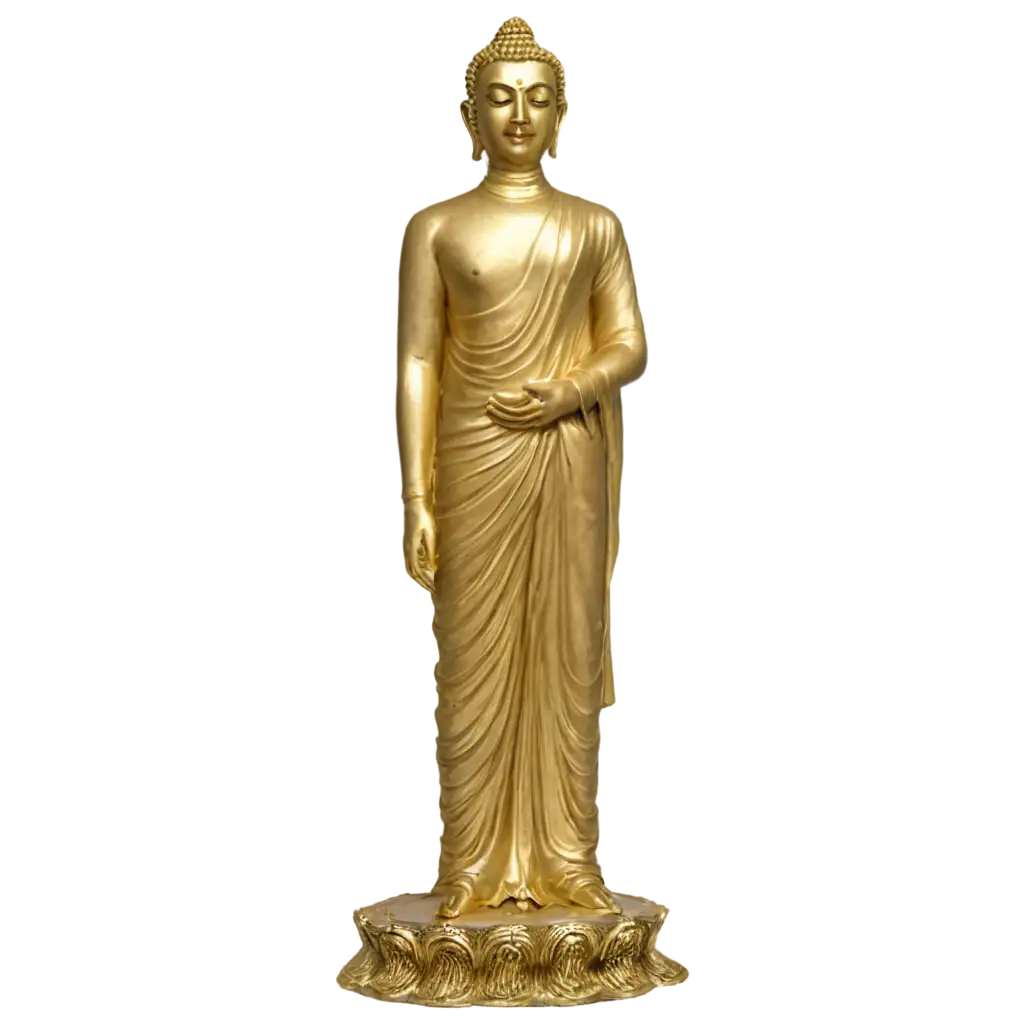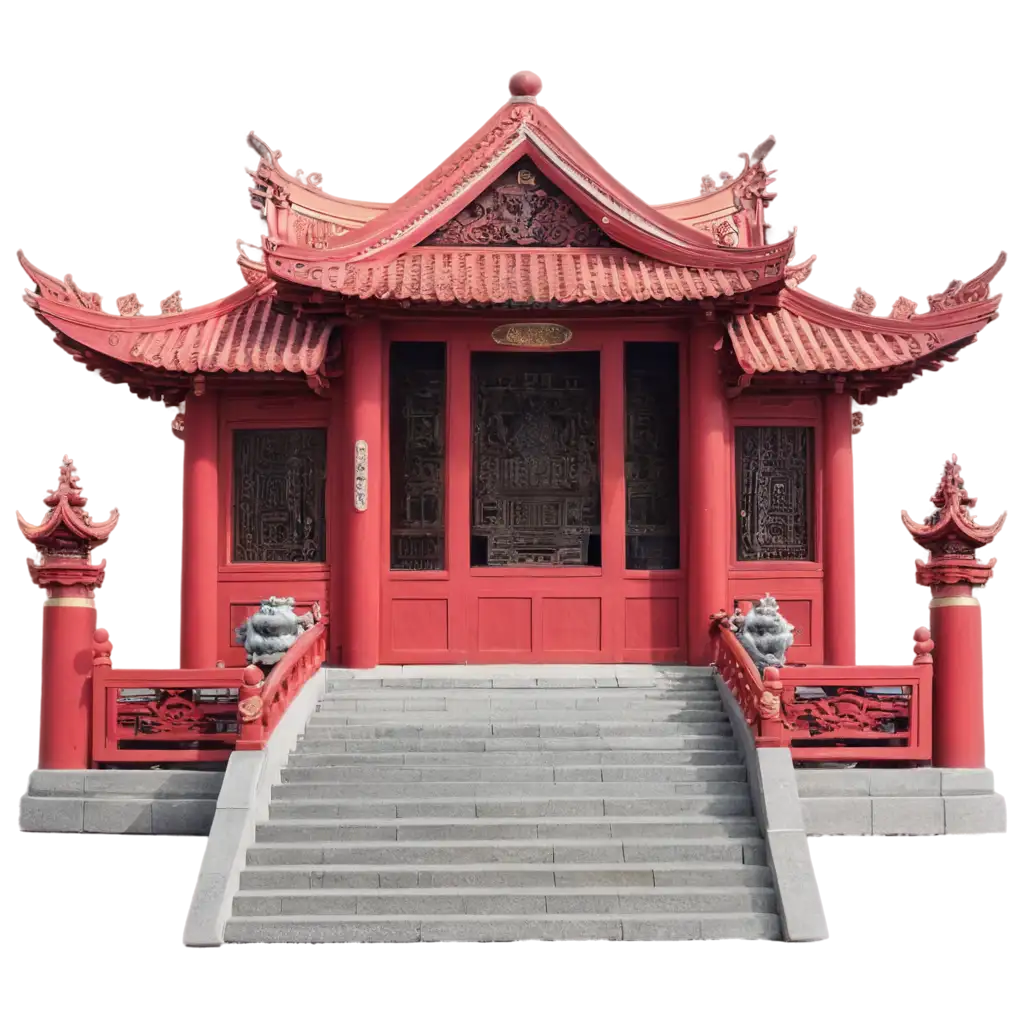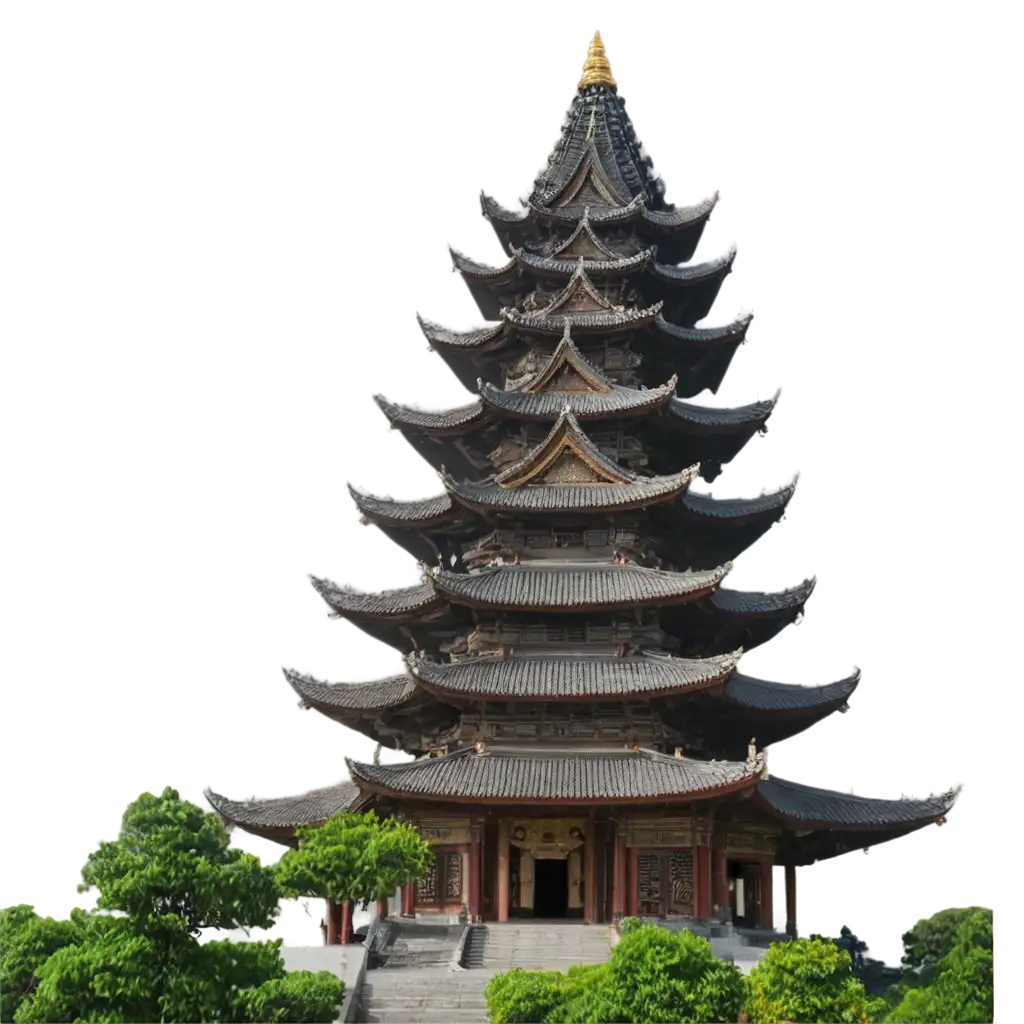5 Free Asian religion transparent PNG images
Discover our curated collection of 5 free AI-generated images centered around Asian Religion, offering a profound visual exploration of Eastern spiritual traditions. Our diverse gallery includes stunning stock photos, detailed 3D objects, scalable vectors, and artistic illustrations capturing the essence of Buddhist temples, Hindu deities, Taoist symbols, and more. Each high-resolution image is available for free download, and our innovative 'open in editor' feature allows you to refine the prompts to generate variations that perfectly match your vision.





Related Tags
Asian religious imagery encompasses a rich tapestry of symbolic representations that have evolved over millennia. From the serene Buddha statues of Buddhism to the intricate mandalas of Hinduism, each visual element carries profound spiritual significance. Common symbols include the lotus flower representing purity and enlightenment, the yin-yang symbol depicting cosmic balance in Taoism, and the sacred Om symbol in Hinduism. These symbols are not merely decorative but serve as powerful tools for meditation, worship, and spiritual teaching, making them essential elements in both traditional and contemporary religious art.
Understanding Asian Religious Imagery: Sacred Symbols and Their Meanings
The architectural representation of Asian religions showcases distinctive elements that reflect deep spiritual principles. Japanese Zen temples emphasize minimalism and harmony with nature, while Hindu temples feature elaborate gopurams (tower gateways) adorned with countless deities. Buddhist stupas, with their characteristic dome shapes and spires, symbolize the path to enlightenment. Chinese temples often incorporate upward-curving eaves and red columns, believed to ward off evil spirits. These architectural elements provide rich visual material for creating authentic and spiritually meaningful AI-generated imagery.
Architectural Elements and Sacred Spaces in Asian Religious Art
When generating Asian religious imagery using AI, several key considerations ensure authenticity and cultural respect. Color symbolism plays a vital role – gold representing divinity in Buddhism, saffron symbolizing renunciation, and white signifying purity across many traditions. Proper positioning of religious figures is crucial; for instance, Buddha images should be positioned higher than viewer eye level. Compositional elements should respect traditional artistic hierarchies, such as the placement of principal deities in Hindu temple art. Understanding these guidelines helps create AI-generated images that honor and accurately represent Asian religious traditions while avoiding cultural misappropriation.
Creating Authentic Asian Religious Art with AI: Guidelines and Considerations
Contemporary interpretations of Asian religious imagery blend traditional elements with modern artistic expressions. Digital artists are finding innovative ways to represent ancient spiritual concepts through AI-generated art, creating stunning visualizations for meditation apps, spiritual websites, and educational materials. Modern applications include minimalist interpretations of traditional symbols, fusion artwork combining Eastern and Western spiritual elements, and abstract representations of religious concepts. This evolution demonstrates how AI-generated religious art can bridge ancient wisdom with contemporary aesthetic sensibilities while maintaining spiritual authenticity.
Modern Applications and Contemporary Interpretations